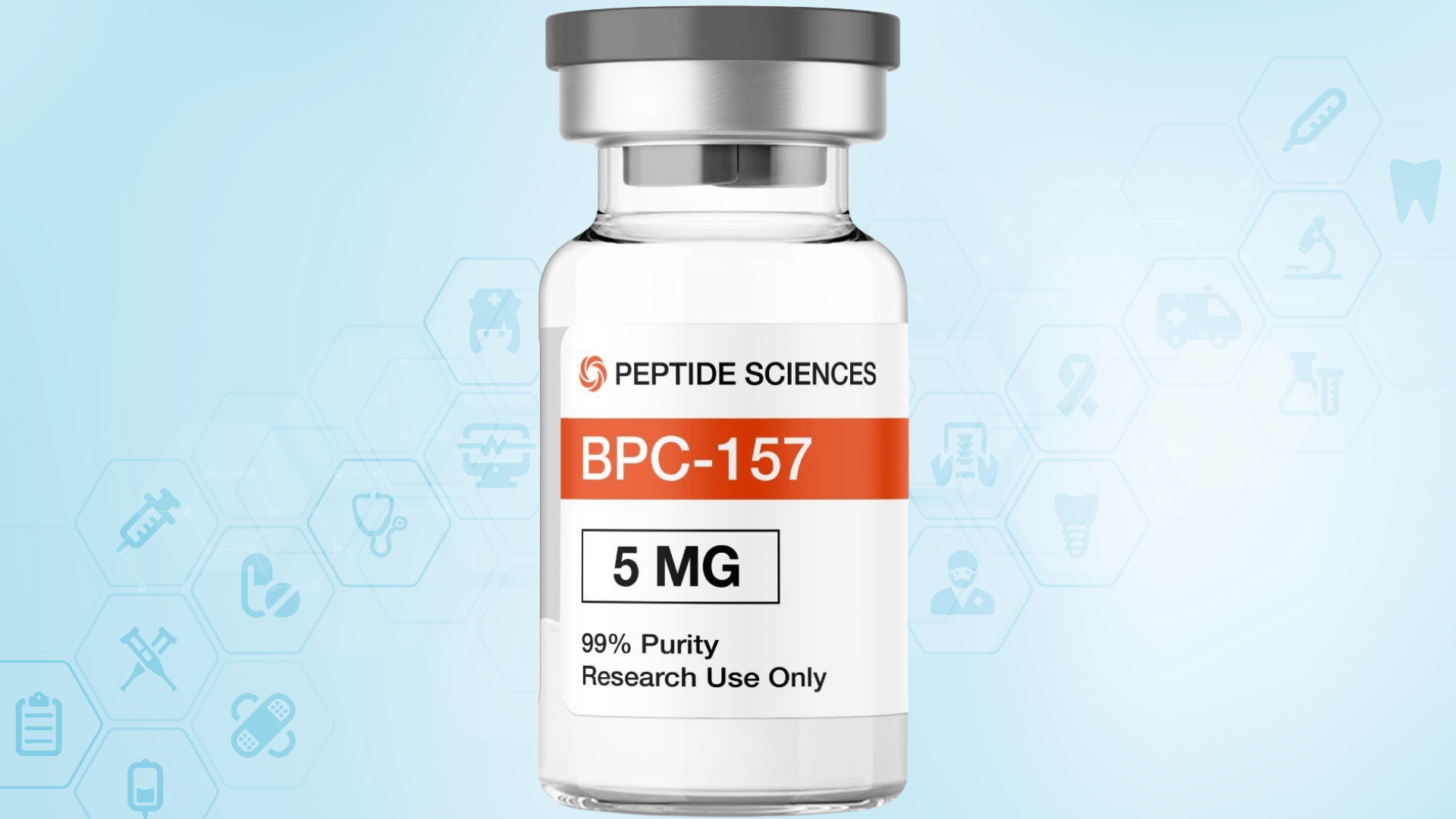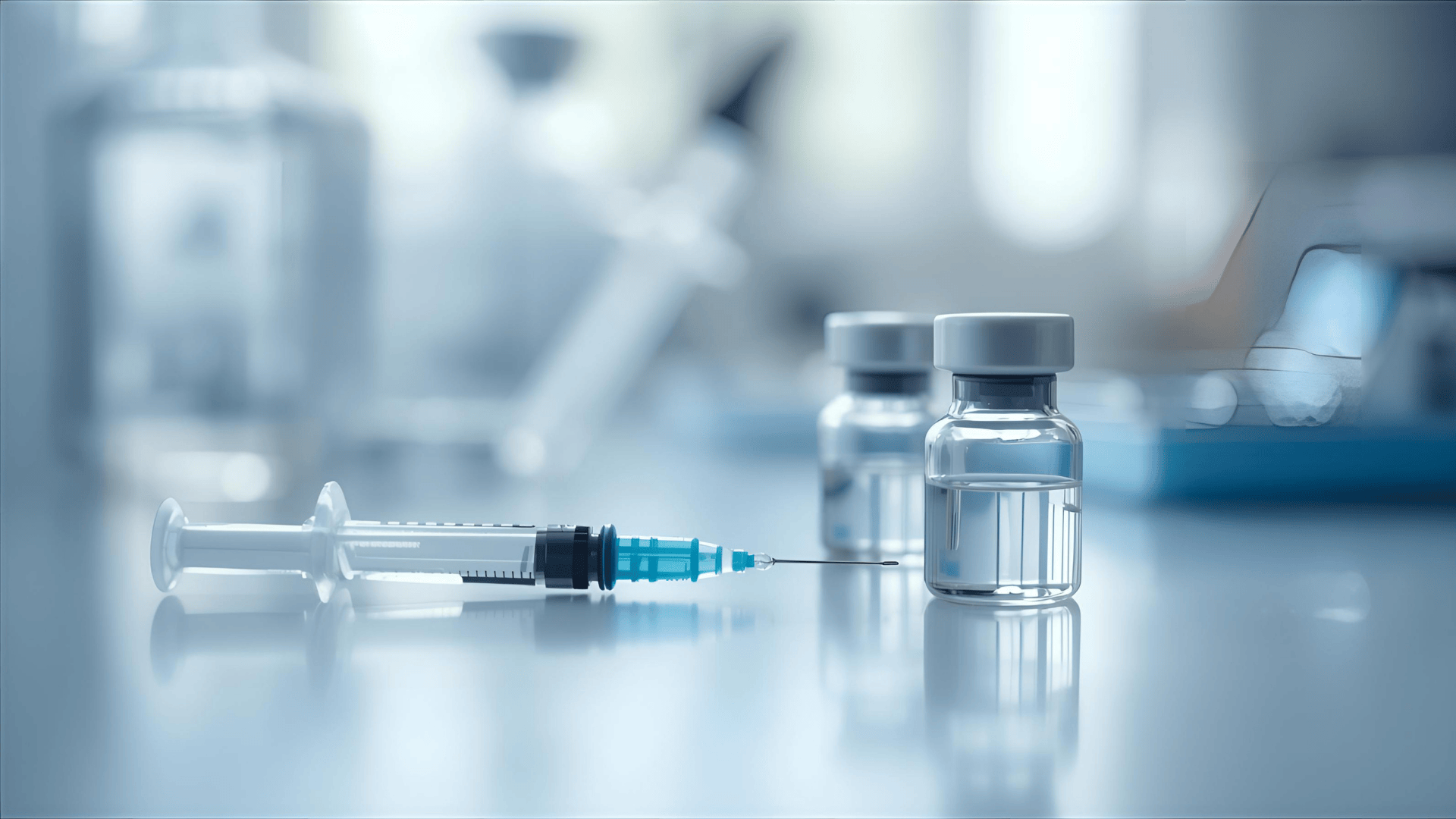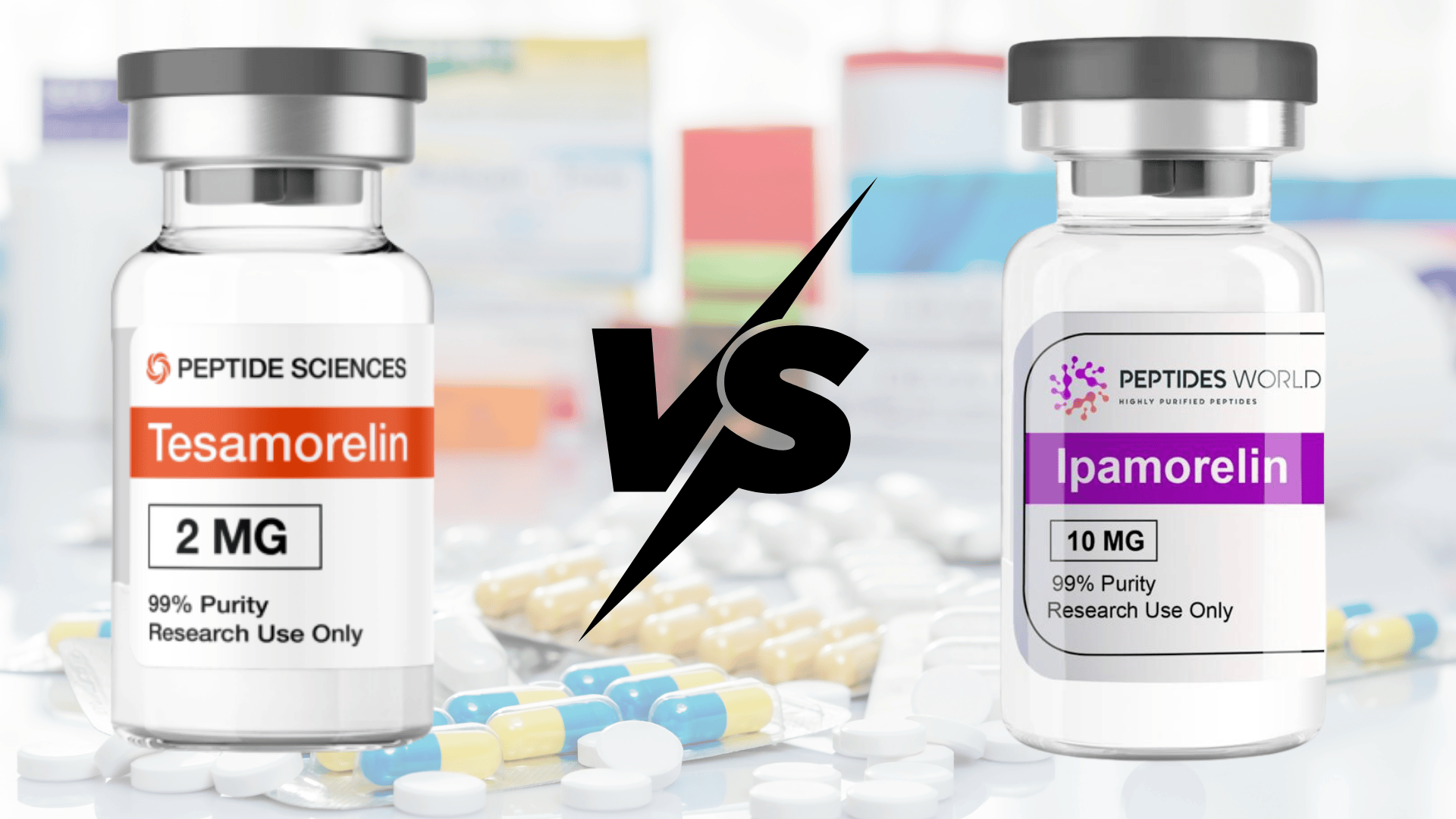Have you heard people discussing a “Wolverine Peptide” that could help your body heal more quickly?
It sounds like something out of a comic book, right?
But there’s real science behind it. This peptide, known as BPC-157, is gaining attention from athletes, doctors, and researchers for its potential to accelerate recovery from injuries.
Some say it helps repair tendons, ligaments, and even gut issues. Others wonder if it’s too good to be true.
In this blog, I’ll explain what BPC-157 is, how it works, what the research indicates, and whether it lives up to the hype.
By the end, you’ll know if this peptide could be a helpful tool for healing, or if it’s just another overhyped trend.
What is Wolverine Peptide (BPC-157)?
BPC-157 stands for Body Protection Compound-157. It’s a synthetic peptide made from a protein found in human stomach acid.
Your body naturally produces this protein to protect and heal your gut lining.
Scientists isolated and recreated a part of it in labs. That’s how BPC-157 was born.
The nickname originates from the Marvel character Wolverine, who has the ability to heal incredibly fast.
BPC-157 is believed to speed up tissue repair in the body. That’s why people started comparing it to his powers.
Some athletes use it as part of a wolverine stack peptide protocol, combining it with other healing compounds for better results.
But it’s important to understand what you’re dealing with before jumping in.
Legal Status:
Here’s what you need to know:
- Not FDA-approved for human use in the United States
- Sold as a research chemical only
- Some people use it off-label
- Hasn’t gone through rigorous clinical testing like approved drugs
- Regulations vary globally
Always check your local laws before considering use.
How BPC-157 Works in the Body?
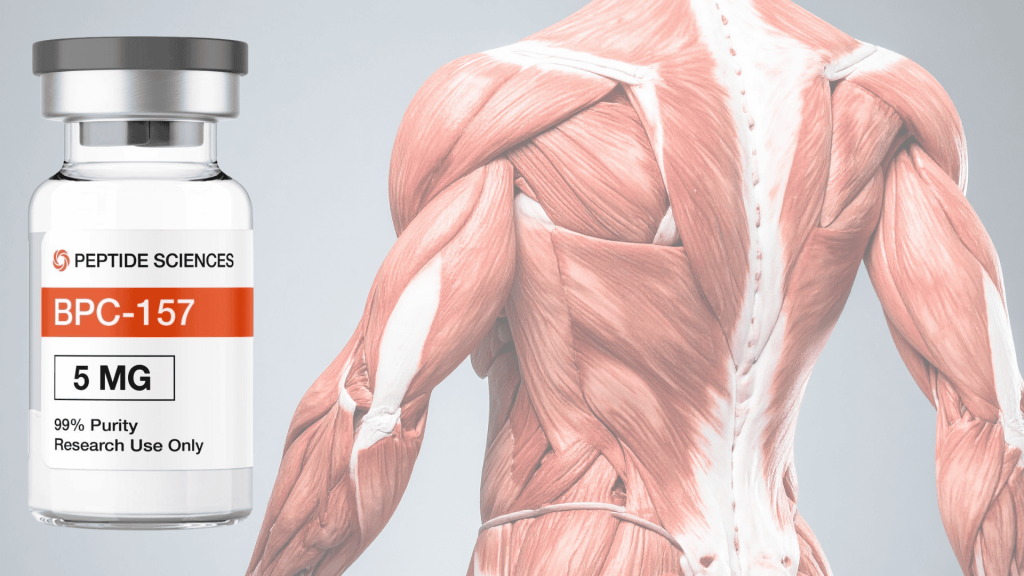
So, how does BPC-157 actually aid the body in its healing process? Here’s what research suggests:
- Boosts Blood Vessel Growth: It promotes the formation of new blood vessels that deliver oxygen and nutrients to injured tissues.
- Improves Nitric Oxide Pathways: It increases nitric oxide production, which relaxes blood vessels and improves circulation throughout the body.
- Protects Organs and Gut: It shields the stomach lining, liver, and intestines from damage while helping heal ulcers and reduce inflammation.
- Supports Collagen Production: It helps your body produce more, which strengthens and repairs tendons, ligaments, and skin.
- Gut-Brain Connection: It may influence the gut-brain axis, providing protective effects on both the digestive and nervous systems.
Wolverine Peptide (BPC-157): Benefits vs. Side Effects
Now that you understand how BPC-157 works, let’s look at both sides of the coin. Every treatment has benefits and risks. Here’s what you need to consider:
| Category | Benefits | Side Effects / Risks |
|---|---|---|
| Healing | May help tendons, ligaments, and bones heal faster | Long-term safety unknown |
| Inflammation | Can lower swelling and pain | May hide injuries if overused |
| Blood Flow | Improves circulation to damaged tissue | Possible abnormal vessel growth |
| Nerves & Organs | May protect nerves and gut lining | Systemic effects are not well studied |
| Recovery | Speeds up post-surgery and sports recovery | Banned in many sports (anti-doping) |
| Access | Sold as a research peptide | Risk of fake or contaminated products |
| Overall | Shows promise in healing and repair | Not FDA-approved; safety unproven |
What Does the Science Say About BPC-157?
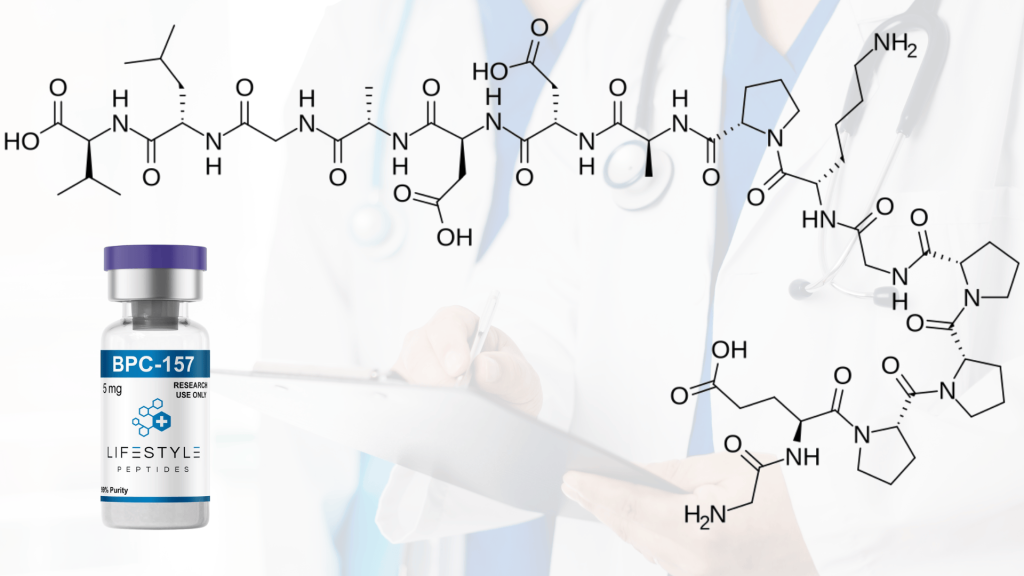
The evidence for BPC-157 is mixed. We have solid animal data, but human research is still catching up. Here’s the complete picture:
1. Animal Studies: Promising But Not Conclusive
Most BPC-157 research has been conducted on rats and mice over the past few decades.
These studies consistently show faster healing of tendons, ligaments, and muscles after injury. Animal trials also demonstrate that BPC-157 protects organs like the liver, stomach, and heart from damage.
The results are promising, but animal biology doesn’t always translate directly to humans. What works in mice may not work the same way in people.
2. Human Research: Limited Data, Big Questions
Human studies on BPC-157 are extremely limited. There are no large-scale clinical trials published in major medical journals.
Most human evidence comes from small case reports and personal experimentation. A few preliminary human trials are reportedly underway, but results haven’t been published yet.
Until we see peer-reviewed human data, we can’t confirm safety or effectiveness in people. This is the largest gap in BPC-157 research at present.
3. What We Still Don’t Know
We don’t know the optimal dosing for humans or the maximum safe duration of BPC-157 use.
Long-term effects, potential drug interactions, and impacts on different health conditions remain unclear. There’s also no research on how BPC-157 affects pregnant women, children, or people with chronic diseases.
These gaps make it risky to use without medical supervision. More research is needed before doctors can confidently recommend it.
4. The Problem with Personal Stories
Many athletes and biohackers share positive stories online about faster recovery and reduced pain.
However, personal testimonials aren’t scientific proof. Placebo effects, other supplements, or natural healing could explain these results.
Without controlled studies, we can’t separate real benefits from wishful thinking. Be careful about making decisions based only on what you read in forums or social media.
Legal and Regulatory Status of BPC-157
Before considering the use of BPC-157, it is essential to understand the legal landscape. The rules vary widely depending on where you live. Here’s what you should know:
United States
- Not FDA-approved for human use
- Sold as a research chemical
- Cannot be marketed as a dietary supplement or drug
- Legal to purchase for research purposes
Global Regulations
Europe:
- Varies by country
- Generally not approved for human consumption
Australia:
- Restricted substance
- Requires a prescription or a research license
Canada:
- Not approved for human consumption
- Available for research only
Always verify local laws before purchasing or using BPC-157.
Future of Wolverine Peptide in Medicine
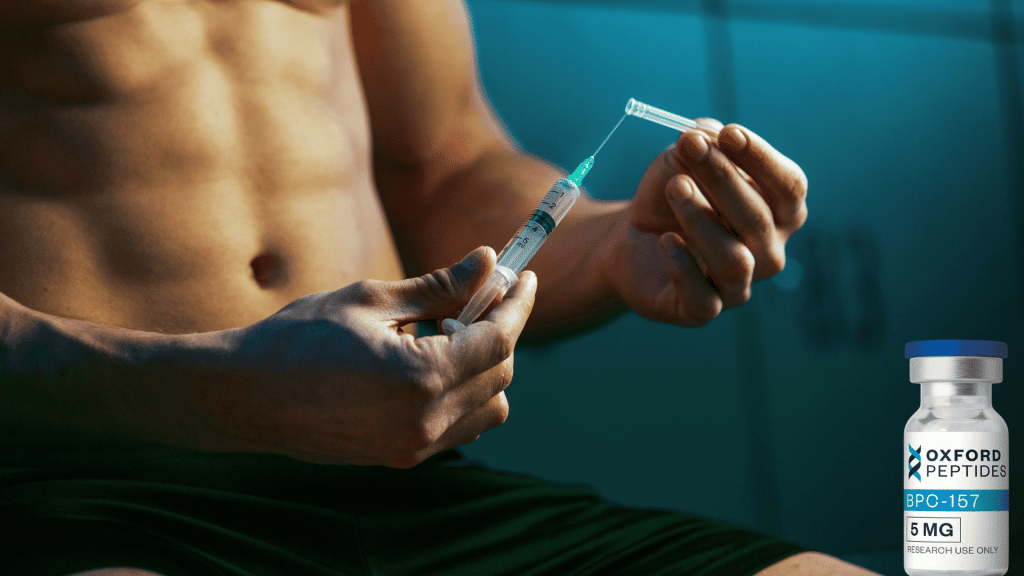
The future of BPC-157 in medicine appears promising, provided ongoing research confirms its safety and effectiveness.
It could be integrated into orthopedic care protocols for treating tendon, ligament, and joint injuries, potentially replacing or complementing traditional treatments like surgery and physical therapy.
In regenerative and sports medicine, BPC-157 shows promise as a recovery tool for athletes and patients requiring faster tissue repair, potentially working in conjunction with stem cell therapy and PRP treatments.
Several clinical trials are underway, and over the next decade, we can expect more human data that will clarify optimal dosing, long-term safety, and real-world effectiveness.
If these studies prove positive, BPC-157 could become a standard treatment option for injury recovery and tissue repair.
Wrapping It Up
BPC-157, the so-called Wolverine Peptide, shows real promise for healing tendons, joints, and organs.
Animal studies are encouraging. Many users report positive results.
But here’s the catch: it’s not FDA-approved, and human research is still in early stages. That means we don’t have all the answers yet.
If you’re considering trying BPC-157, consult a healthcare professional first. Don’t rely solely on anecdotal reports.
The potential is exciting, but caution is smart. As research progresses, we’ll learn more about whether this peptide truly lives up to its superhero nickname.
What are your thoughts on BPC-157? Would you consider using it for recovery? Drop your questions or experiences in the comments below.

